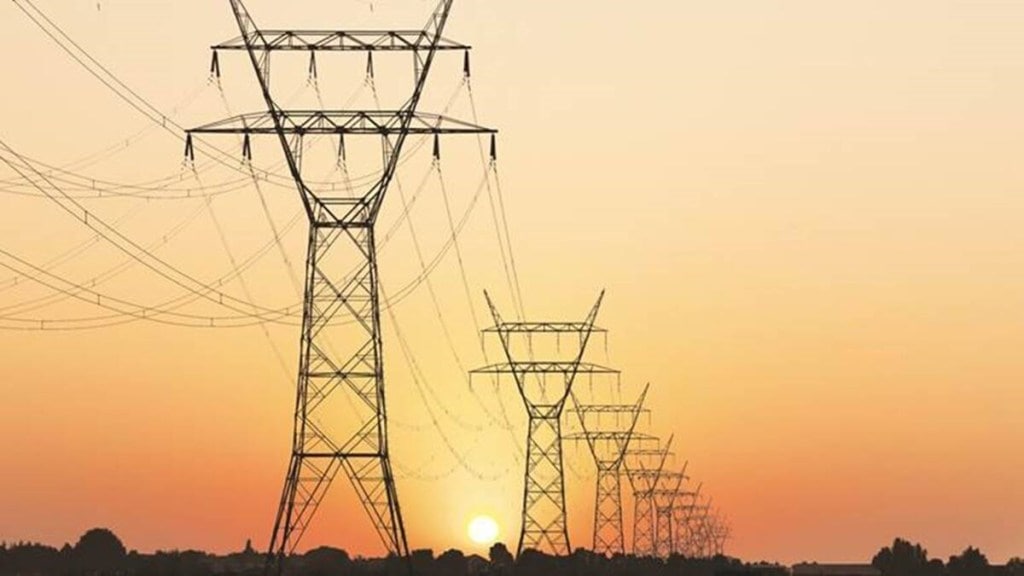By Alok Kumar
The first Energy Transitions Working Group Meeting concluded successfully in Bengaluru on February 7, 2023. Over 110 delegates representing 18 member countries, 9 special invitee guest countries, and 15 international organisations participated in the meeting.
The India Presidency showcased its achievements in Energy Transitions and its success in providing universal energy access to clean energy to its population through various interventions by the government such as Saubhagya, Ujjwala, and Ujala schemes. India’s call for managing the demand side and promoting responsible consumption through the LiFE campaign (lifestyle for environment) received full support from all the participating countries.
Also read: Prisoners of their own device
There was also overwhelming support from the member countries on six priority areas proposed by the Indian presidency, which included energy transition through addressing technology gaps; low-cost financing for energy transition; energy security and diversified supply chains; energy efficiency, industrial low carbon transitions, and responsible consumption; Fuels for Future: Green Hydrogen and Bio-fuels; and universal access to clean energy and just, affordable, and inclusive energy transition pathways. Enhancing efficiency and bringing down cost of electrolysers, fuel cells, carbon capture utilisation and storage (CCUS), and advanced chemistry cells for battery storage and small modulator nuclear reactors were identified as key areas for international collaboration. The deliberations resulted in consensus on inseparable importance of energy security in realising global energy transition. It was recognised that each country will have its own energy transition pathway based on its endowment of energy sources.
To reach a net-zero future, 90% of the world’s electricity in 2050 must come from renewables, up from 29% in 2021. Global solar and wind capacities need to grow exponentially. Solar capacity alone is projected to grow 17 times between 2020 and 2050. By 2050, annual battery deployment in the power sector will have to increase to more than 300GW globally, i.e., 51 times the battery requirement in 2021. Similarly, for green hydrogen, unprecedented growth is projected, where a compounded annual growth rate of 129% of electrolyser capacity (~850GW) is required by 2030.
A key challenge identified was urgent need to diversify supply chains as the world ramps up building new RE generation capacities. One analysis shows that in year 2022, more than 80% manufacturing capacities of key technologies—solar PV module (~480 GW), wind (~120 GW), lithium-ion batteries (1000 GWh), and more than 50% of electrolysers (8GW/year) are concentrated in just three countries. In last decade, for instance, only five countries were responsible for 70% of the global trade of solar PV materials and in area of wind power, only four exporting countries made up for 80% of the total trade. The manufacturing of lithium-ion batteries is also concentrated in a few countries. Only four countries made up for 70% of the total trade. Recognising that at present, renewable energy manufacturing is highly concentrated and trade flows pose risk for energy security, the member countries highlighted the urgency to address augmenting manufacturing with a focus on local manufacturing and diversification of supply chains for key materials, critical minerals and components required for new energy systems. There was a huge support for promoting green hydrogen/ammonia as well. Some members, in addition, proposed considering the full range of low-carbon hydrogen technologies.
There were suggestions on the need to address private sector finance along with catalytic public sector finance to lower the cost of financing. Invitee countries further pointed out the need for taking the requirements of the global south into account. They also emphasised the need for governments to give clear long-term signals to encourage investments in these technologies. Member countries recognised energy efficiency as being the “first fuel” in decarbonising economies and highlighted a range of national policies that they have adopted in this regard. These provided good insights on the building blocks for the expected outcome on proposing a roadmap for doubling global rate of improvement in energy efficiency by 2030. The importance of electrification of industry and transport as a means of driving green growth and green jobs was highlighted.
Also read: The food security imperative for G20
As per IEA reports, 75 million people are likely to lose access to electricity in the world during the Covid crisis due to issue of affordability. For clean cooking, where we already have 2.4 billion people without access to clean cooking technologies and fuels globally, an additional 100 million who had access to clean cooking are likely to be not able to afford it. Members agreed that any energy transition, therefore, must ensure minimum trade-offs across SDGs, leaving no one behind. While some member countries pointed out the need to also recognise natural gas as a transitional fossil fuel in meeting energy security considerations, the Group agreed that wide range of fuels for the future typically encompassing ethanol to compressed biogas to green hydrogen would play much larger role in the clean energy transition.
The writer is secretary, ministry of power

